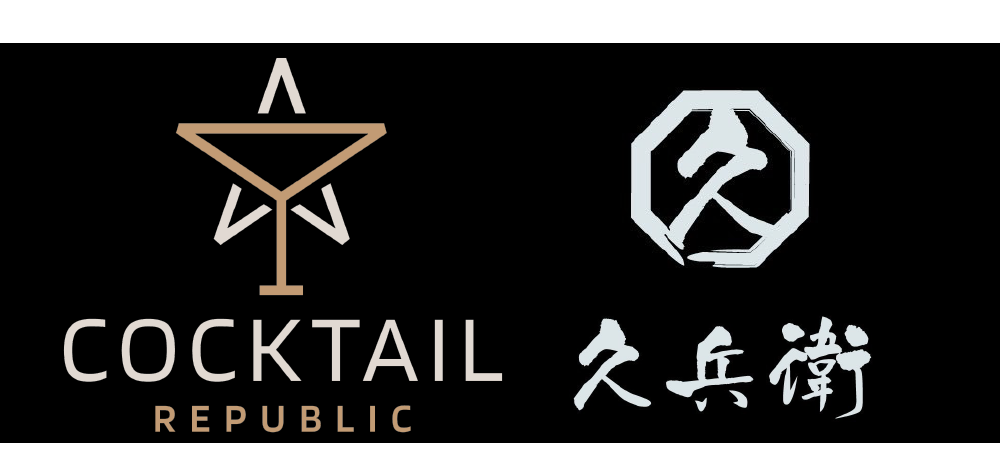Are you an aspiring sashimi chef or just someone who loves to make their own sushi? Either way this article is for you. We are going to be exploring probably the most important tool in making sushi. SUSHI KNIVES. This article aims to chronicle the things to look out for before splurging on that sushi knife.
For sushi, basically three knives are needed:
Deba-bocho: Used for cutting through bones and cartilage of fish.
Usuba-bocho: Used for tasks like chopping and slicing.
Yanagiba: Used in tasks like slicing up fish fillets.
With this knowledge in mind, how then do you go about the task of buying that knife that suits you best?
- Quality over quantity: It's always very tempting to go for a set of knives instead of buying them individually. While that in itself is not a bad thing, be sure to check for the quality of knives in the set, as you really don't want to end up buying another set of knives a few months down the line.
- Ease of use: This is another important factor to look out for. Check for things like:
How easy it is for you to handle the knife,
How easy it is to resharpen,
A durable edge and sharpness.
- Carbon Steel: When buying a knife, it always pays to go for carbon steel. This is because the steel of these knives are coated with carbons, this helps in maintaining the sharpness of the knife while also making it very easy to resharpen. It is worth noting that carbon steel knives have the tendency to rust if not properly cleaned and dried after use.
- Budget: As with anything, this is an integral part of your final decision. It pays to know beforehand the specific amount you want to spend on your knives. This will help in focusing on knives in your price range, such that you can pick the best available knife from the lot.
- Handle: Always go for wooden handles. This is because wooden handles will not get slippery when wet. Besides, traditional Japanese knives are most often than not made with wooden handles, so why break tradition?
- Bevel: Typical Japanese knives most often than not are only honed on one side, which is mostly the right side. When getting a knife then, dexterity should be put into consideration, as a left-handed individual will have to special order for a knife honed on the left side.
- Aesthetics: Don't be swayed by the aesthetic qualities of the knife. This is because while the aesthetic properties have their place, it should not be the overall determining factor in choosing a knife.
You are now prepared to choose that knife or knives that will serve you well. Buying good knives is an art in itself and as such should be undertaken with the utmost attention to detail. This is to ensure that you get the utmost quality and value out of your knife.
In closing, a knife will only serve you well and for a long time, if it is maintained and stored properly. Good maintenance and storage are a major key!


